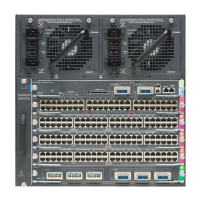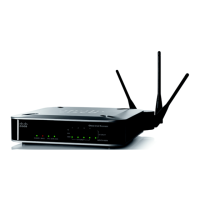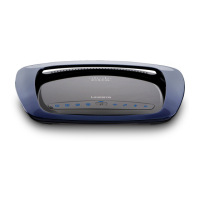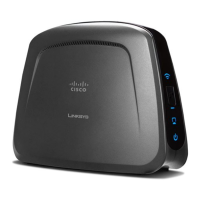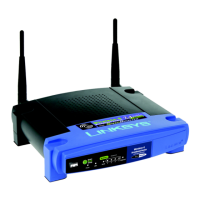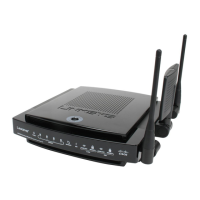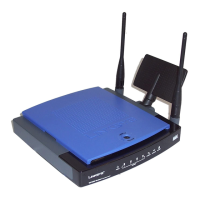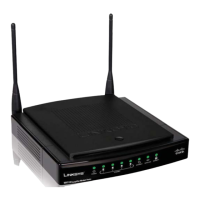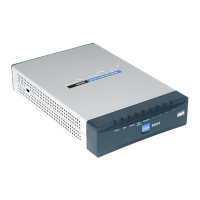1-4
Catalyst 2960 Switch Software Configuration Guide
OL-8603-04
Chapter 1 Overview
Features
• Network Assistant—Network Assistant is a network management application that can be
downloaded from Cisco.com. You use it to manage a single switch, a cluster of switches, or a
community of devices. For more information about Network Assistant, see Getting Started with
Cisco Network Assistant, available on Cisco.com.
• CLI—The Cisco IOS software supports desktop- and multilayer-switching features. You can access
the CLI either by connecting your management station directly to the switch console port or by using
Telnet from a remote management station. For more information about the CLI, see Chapter 2,
“Using the Command-Line Interface.”
• SNMP—SNMP management applications such as CiscoWorks2000 LAN Management Suite (LMS)
and HP OpenView. You can manage from an SNMP-compatible management station that is running
platforms such as HP OpenView or SunNet Manager. The switch supports a comprehensive set of
MIB extensions and four remote monitoring (RMON) groups. For more information about using
SNMP, see Chapter 26, “Configuring SNMP.”
• CNS—Cisco Networking Services is network management software that acts as a configuration
service for automating the deployment and management of network devices and services. You can
automate initial configurations and configuration updates by generating switch-specific
configuration changes, sending them to the switch, executing the configuration change, and logging
the results.
For more information about CNS, see Chapter 4, “Configuring Cisco IOS CNS Agents.”
Manageability Features
These are the manageability features:
• CNS embedded agents for automating switch management, configuration storage, and delivery
• DHCP for automating configuration of switch information (such as IP address, default gateway,
hostname, and Domain Name System [DNS] and TFTP server names)
• DHCP relay for forwarding User Datagram Protocol (UDP) broadcasts, including IP address
requests, from DHCP clients
• DHCP server for automatic assignment of IP addresses and other DHCP options to IP hosts
• Directed unicast requests to a DNS server for identifying a switch through its IP address and its
corresponding hostname and to a TFTP server for administering software upgrades from a TFTP
server
• Address Resolution Protocol (ARP) for identifying a switch through its IP address and its
corresponding MAC address
• Unicast MAC address filtering to drop packets with specific source or destination MAC addresses
• Cisco Discovery Protocol (CDP) Versions 1 and 2 for network topology discovery and mapping
between the switch and other Cisco devices on the network
• Link Layer Discovery Protocol (LLDP) and LLDP Media Endpoint Discovery (LLDP-MED) for
interoperability with third-party IP phones
• LLDP media extensions (LLDP-MED) location TLV that provides location information from the
switch to the endpoint device
• Network Time Protocol (NTP) for providing a consistent time stamp to all switches from an external
source
• Cisco IOS File System (IFS) for providing a single interface to all file systems that the switch uses
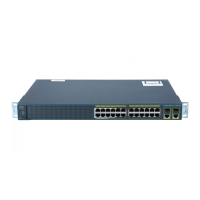
